The advent of 5G technology is set to revolutionise various industries, and the rail sector is no exception. As rail operators seek to enhance efficiency, safety, and passenger experience, the implementation of 5G networks is paving the way for smarter rail systems. We’ve delved into the transformative impact of 5G technology on rail networks and what it could mean for the future of rail travel.
Understanding 5G Technology
5G, the fifth generation of mobile communication technology, offers significantly faster data transmission speeds, lower latency, and the ability to connect a vast number of devices simultaneously. Unlike its predecessors, 5G provides a robust infrastructure that supports advanced applications and services, making it a game-changer for industries that rely on real-time data and connectivity.
One of the primary benefits of 5G technology in rail networks is its ability to enhance communication and coordination among various components of the system. With 5G, trains, signalling systems, and control centres can share data in real time, allowing for improved situational awareness. This seamless communication can lead to better decision-making and coordination, reducing delays and enhancing overall operational efficiency.
Advanced Train Control Systems
5G enables the deployment of advanced train control systems, such as the European Train Control System (ETCS). These systems rely on real-time data to manage train movements more effectively, improving safety and reducing the risk of accidents. We look a further look at ETCS in our article ETCS: How Technology Is Reshaping the Railways
Predictive Maintenance And Asset Management
5G technology is also transforming how rail operators manage their assets and perform maintenance.
The integration of Internet of Things (IoT) devices with 5G networks allows for continuous monitoring of train and track conditions. Sensors installed on trains and infrastructure can transmit real-time data regarding performance, wear, and potential issues. This information enables predictive maintenance, allowing operators to address problems before they lead to costly breakdowns or safety incidents.
With real-time data analytics powered by 5G, rail operators can optimise resource allocation, including train schedules, crew assignments, and maintenance activities. This optimization leads to reduced operational costs and improved service reliability.
Safety Enhancements
Safety is paramount in the rail industry, and 5G technology provides several enhancements to ensure safer operations. 5G enables the deployment of advanced surveillance systems along rail corridors, including high-definition cameras and sensors. These systems can monitor for obstacles, track conditions, and even detect unauthorised access, enhancing overall safety.
In the event of an incident, 5G allows for rapid communication and data sharing between trains and control centres. This capability improves emergency response times and coordination, ultimately enhancing passenger safety.
Challenges And Considerations
While the potential of 5G technology in rail networks is immense, there are challenges to consider.
Building a comprehensive 5G network requires significant investment in infrastructure, including the installation of new antennas and equipment. Rail operators must weigh the costs against the anticipated benefits. Ensuring that 5G systems are compatible with existing rail technologies and infrastructure is crucial for successful implementation. Collaboration among stakeholders, including rail companies and technology providers, will be essential to overcome interoperability challenges.
The impact of 5G technology on rail networks is poised to be transformative. From enhancing communication and passenger experience to enabling predictive maintenance and improving safety, 5G is laying the groundwork for smarter, more efficient rail systems.
As rail operators look to embrace this technology, they could be better equipped to meet the demands of modern travellers while improving operational efficiency and safety. The future of rail travel is not only about reaching destinations faster; it’s about creating a seamless, connected experience for passengers and making rail networks smarter than ever before. The integration of 5G technology is a crucial step toward that future, ushering in a new era of rail transport.
For more information about our product and to see how using business intelligence can significantly improve your planning for rail maintenance, upgrades and more, contact one of our team today for a demo of our rail planning platform
